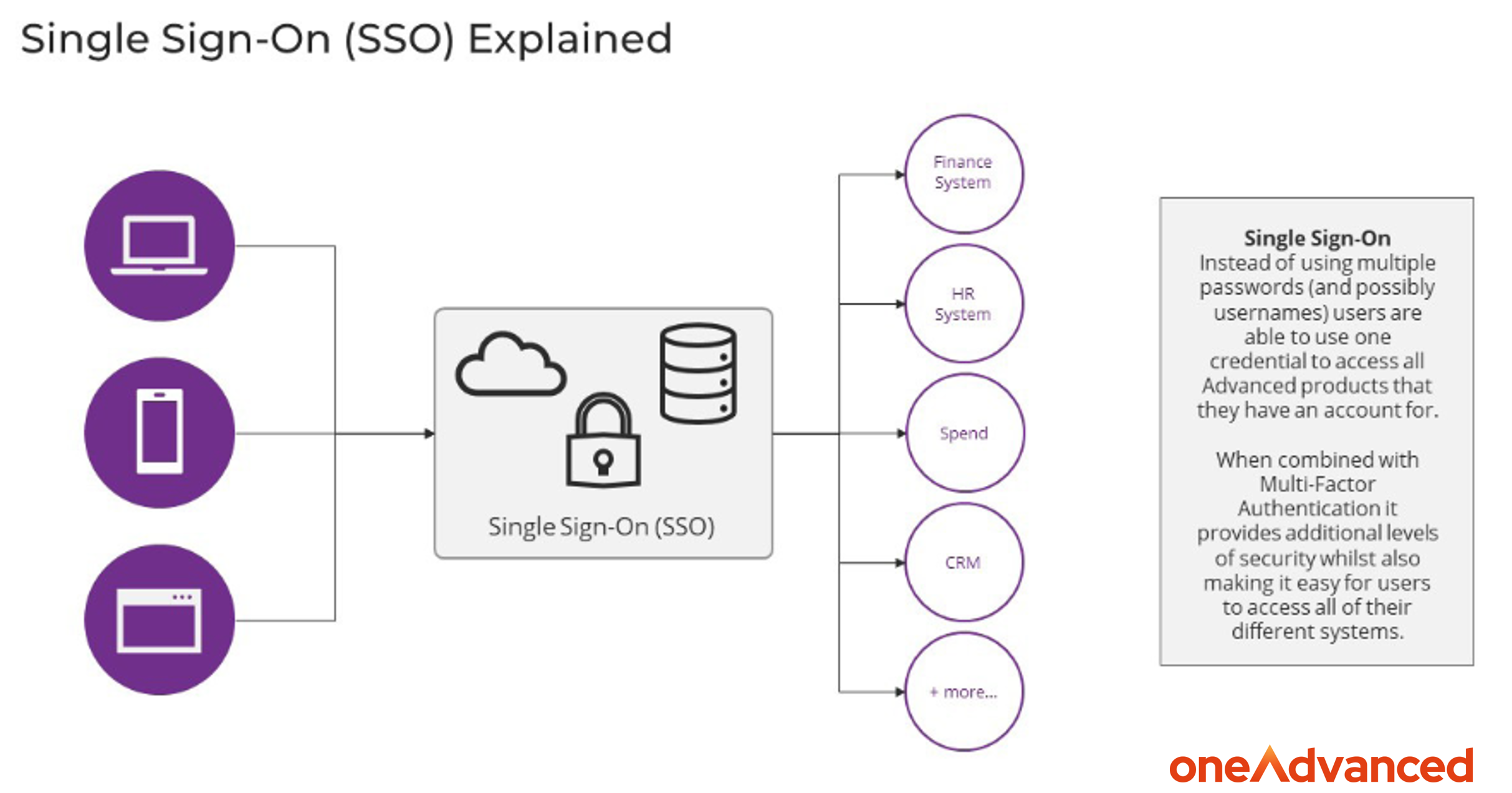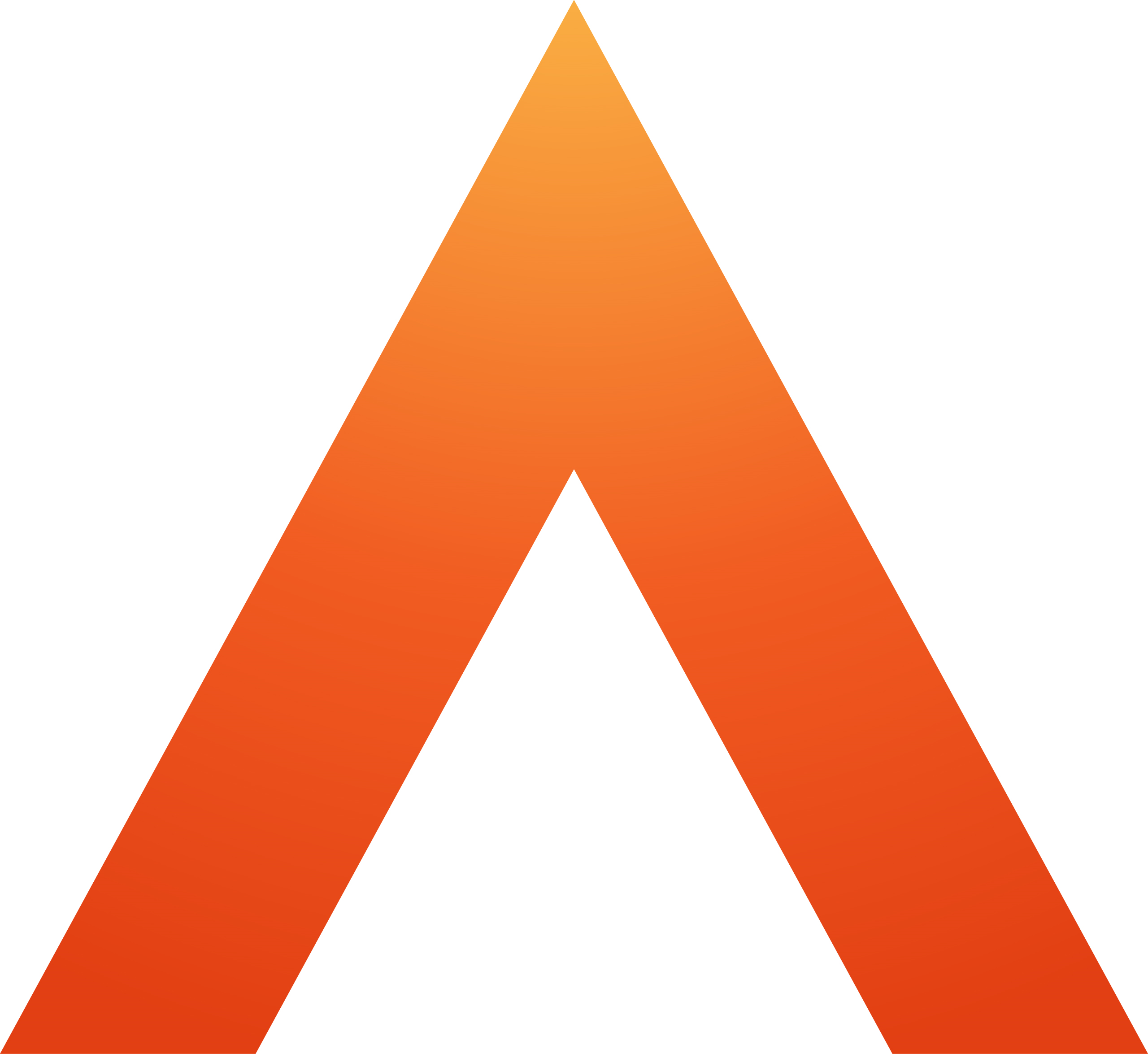An introduction to Single Sign-on and Multi-factor Authentication
Updated
by Sally Robinson
If you’ve spent any time in recent years using personal applications like social media platforms or accessing your work via a network, the terms Multi-Factor Authentication (MFA) and Single Sign-On (SSO) might be familiar to you. The terms have become commonplace amongst IT Teams and Software Developers the world over as descriptors for security and accessibility.
A quick definition
In short, MFA ensures secure access to your software applications whilst SSO makes it easier to access the applications you use. Combined MFA and SSO not only make it easier to use products from the same supplier, suite or in-house technology stack but also ensure the applications are more secure. Neither of these solutions are new, but in recent years they have become essential tools to protect user data and IT systems. For example, there is a growing series of legislation and procurement rules that treat MFA as a standard security practice (in the UK the Governments Cyber Essentials accreditation is just one example of how it is becoming “standard” to assume MFA is in place).
Introducing SSO
Single Sign On (SSO) is a user authentication method that makes it easy to centrally manage application access and enables users to securely authenticate with multiple applications by using just one set of credentials. SSO not only makes it easy to centrally manage access to multiple applications or user accounts, but it also enables users to sign into a user portal with their existing corporate credentials and access all their assigned accounts and applications from one place.
Introducing MFA
Multi Factor Authentication (MFA) is a multi-step process to enable users to access their software applications. It requires a user to enter more than just a password. For example, along with their password, a user might be asked to enter a code sent to their email, enter a code or confirm they want to access the application via a mobile ‘authenticator’ app, or scan a fingerprint. Applying MFA and the need for a second form of authentication increases security and can help prevent unauthorized account access, especially in the situation that a system password has been compromised. You will most likely have experience of MFA in your personal life when accessing online banking, transacting online or accessing other apps.


